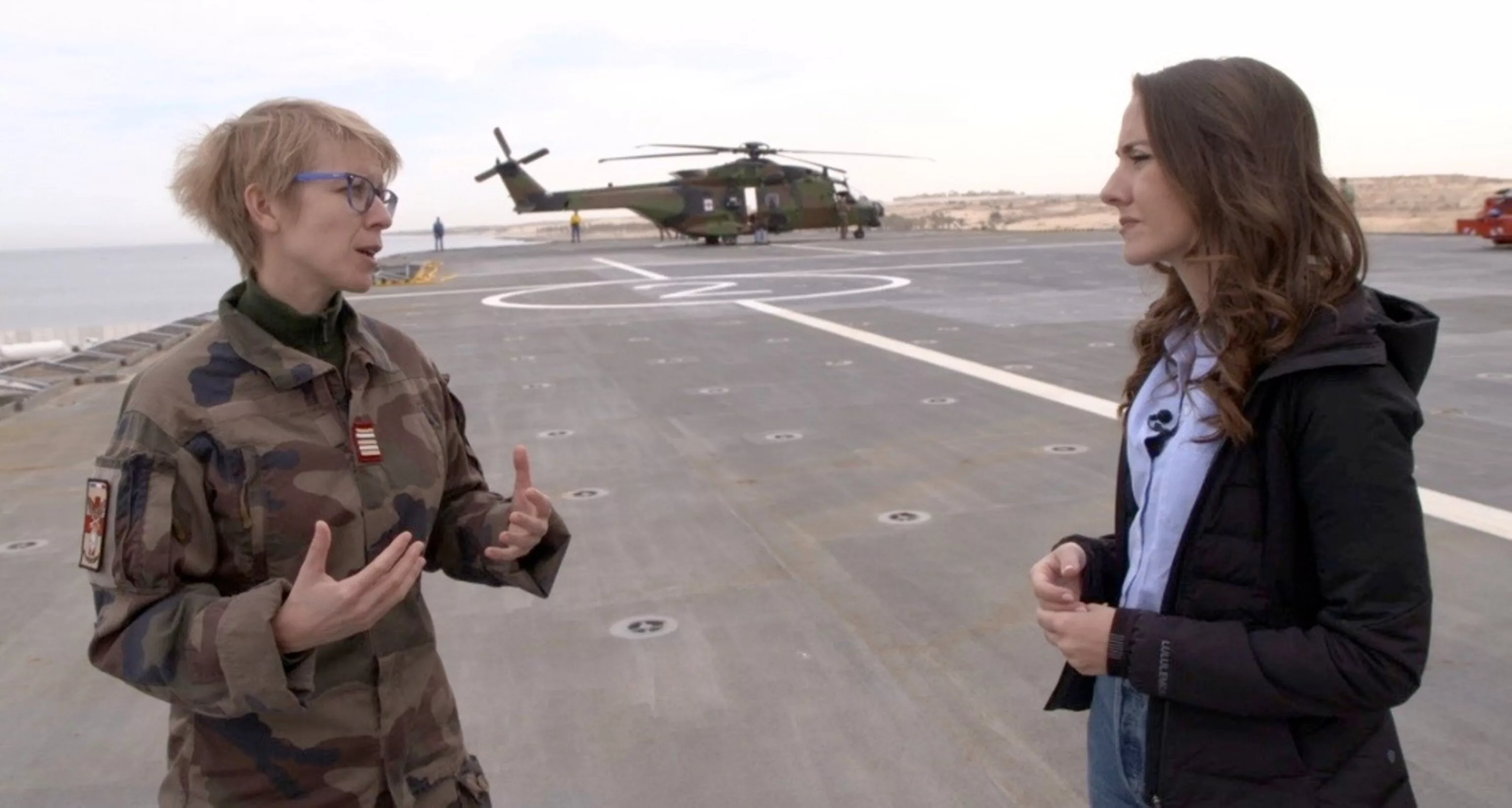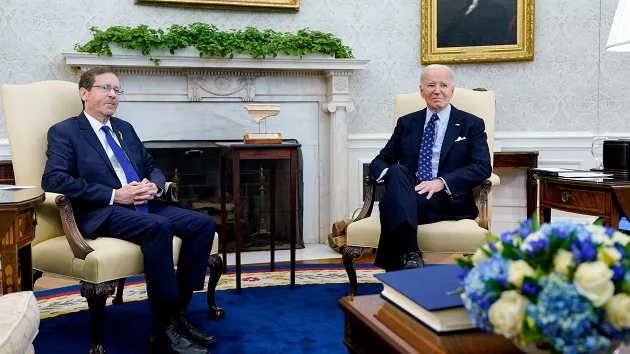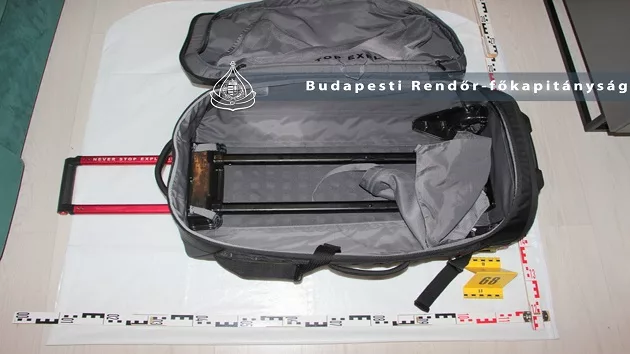
(EL-ARISH, Egypt) — Sixteen-year-old Abdul Rahman Iyad, now in a wheelchair, was critically injured in the leg and head when an Israeli strike hit his home in central Gaza on Christmas Eve, killing his parents, siblings and grandparents, he said.
Israeli strikes also left 8-year-old Abdullah with a fractured thigh bone and arm injury, his mother told ABC News.
And 16-year-old Nesma Abu Jeyad lost a leg after she said her home was hit by a rocket on Oct. 30.
All three children are being treated aboard the Dixmude, a French helicopter carrier docked in el-Arish, Egypt, that’s been turned into a field hospital to treat some of Gaza’s most severely wounded.
Doctors aboard the Dixmude told ABC News roughly half of the more than 1,000 patients they’ve treated so far are children; one in two are amputated.
“Some have one amputation. But unfortunately, we also regularly see children who’ve lost two limbs. It’s often due to the fact that they’ve had to wait so long to get help, so their wounds are infected,” said Dr. Sandrine Salle, medical adviser and chief medical officer aboard the Dixmude.
More than 25,000 people have been killed in Gaza since the Israel-Hamas war began on Oct. 7, according to the Hamas-run Gaza Health Ministry. In Israel, at least 1,200 people have been killed, mostly civilians, and 6,900 others injured, according to the Israeli prime minister’s office. Israeli officials say 537 Israel Defense Forces soldiers have been killed, including 200 since the ground operations in Gaza began.
The IDF has said it is only targeting the Hamas terrorist organization and other militants in Gaza and alleges that Hamas deliberately shelters behind civilians, which the group denies.
Abdul Rahman, Abdullah and Nesma are among the few who’ve been allowed to leave Gaza for treatment. Salle estimated that just 20-60 critically wounded civilians are evacuated from Gaza daily. More than 62,000 people have been injured in Gaza since Oct. 7, according to the Hamas-run Gaza Health Ministry.
Various medical facilities have been set up aboard the Dixmude, including a burn ward, a resuscitation room and a number of tents to expand hospitalization capabilities. Patients who need additional care are airlifted to Cairo via helicopter. A whiteboard outside the two operating rooms lists recent patients; all of them are minors.
According to Doctors Without Borders, or Médecins sans Frontières (MSF), Nasser Hospital — the largest functioning health facility in Gaza, located in Khan Younis in the south — is currently operating at 300% capacity. “The situation is catastrophic. There are way too many patients for the staff to handle,” Leo Cans, MSF head of mission for Palestine, said in a statement earlier this month.
Salle said most of the patients being brought to the Dixmude come from Khan Yunis and the south.
“They tell us about their long journey, they often had to spend hours under the rubble of their homes before a surviving member of their family was able to get them some help,” she said.
“Many also suffer from PTSD,” she added. “They’ve faced death, they’ve feared for their own lives, they’ve seen their families decimated. They have nightmares, they are constantly reliving horrific scenes, we see them reacting to the smallest noise.”
Abdul Rahman recalled waiting for hours to get treatment in Gaza.
“There was no medicine, no beds. I was kept in a hallway. The situation was very difficult,” the 16-year-old told ABC News. “There were very few nurses; three nurses and one doctor, for an entire department of 50 to 60 patients.”
Doctors have told Abdul Rahman he won’t be able to walk for another four to six months. But he says he looks forward to returning to Gaza, once he’s healed.
The bodies of his mother and grandfather are still trapped under the rubble of their home, he said.
“And almost all my family is gone. My [mom], dad and siblings. I am the only survivor left from the family,” he said.
“I just want to live in peace,” he added. “It’s my city, it’s my country.”
Copyright © 2024, ABC Audio. All rights reserved.








